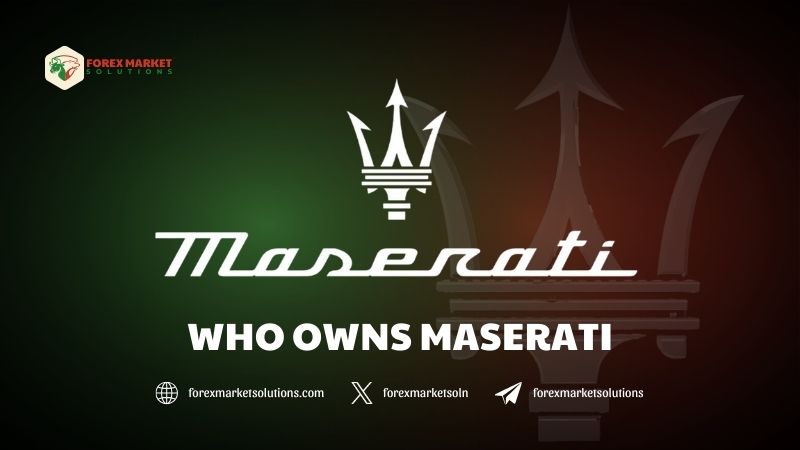The name Maserati evokes images of sleek Italian design, roaring engines, and a legacy steeped in luxury and performance. For over a century, this brand has captivated car enthusiasts worldwide, but behind its glamorous facade lies a complex story of ownership that has evolved with the times. Understanding who owns Maserati is more than a trivia question—it’s a window into the dynamics of the automotive industry and the forces shaping this iconic marque.
Today, Maserati is part of Stellantis, a global automotive giant formed in 2021, but its journey to this point involves a fascinating series of transitions, from family beginnings to multinational stewardship. This article delves into the ownership history of Maserati, tracing its roots and exploring how its current parent company influences its future.
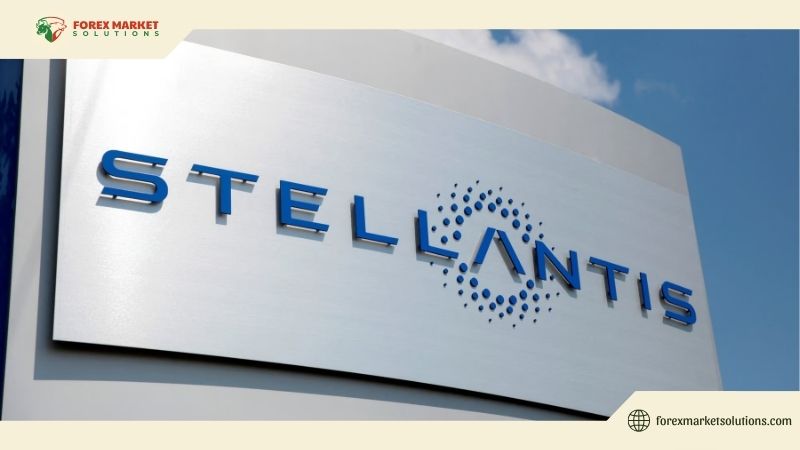
Maserati’s story begins in 1914, when the Maserati brothers founded the company in Bologna, Italy, with a passion for engineering and racing. Over the decades, it has passed through various hands, each leaving an imprint on its identity. For those intrigued by the question of who owns Maserati, the answer connects to broader trends in the auto world, including mergers, rivalries, and a shift toward electrification. Whether you’re a car aficionado or simply curious about luxury brands, this exploration offers a clear picture of Maserati’s ownership and what it means in 2025.
The Origins of Maserati: A Family Affair
To understand who owns Maserati today, we must first look back to its founding. Established on December 1, 1914, by Alfieri, Bindo, Carlo, Ettore, and Ernesto Maserati, the company was a family-driven venture rooted in Bologna. The brothers were automotive pioneers, initially focusing on crafting race cars and components like spark plugs. Their first major creation, the Tipo 26, debuted in 1926 and competed in the Targa Florio, signaling Maserati’s early commitment to performance. The iconic trident logo, inspired by Bologna’s Fountain of Neptune, was designed by Mario Maserati, adding a touch of Italian heritage to the brand.
For the first two decades, the Maserati brothers controlled the company, steering it through the racing circuits of Europe. Their expertise fueled successes, but financial pressures loomed. In 1937, the brothers sold the business to Adolfo Orsi, a Modena-based industrialist who saw potential in their engineering prowess. Under Orsi’s leadership, Maserati relocated to Modena—where its headquarters remain today—and expanded into road cars, laying the groundwork for its luxury reputation. This shift from family ownership to a new custodian marked the first major change in the answer to who owns Maserati, setting the stage for future transformations.
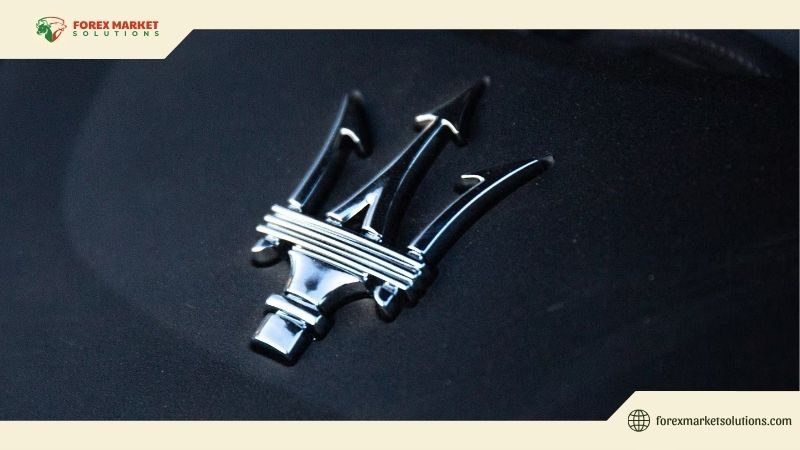
A Turbulent Mid-Century: Citroën and De Tomaso
The post-war years brought both growth and instability for Maserati. Adolfo Orsi’s tenure saw the launch of the A6 in 1947, the brand’s first grand tourer, followed by the groundbreaking Quattroporte in 1963. However, by 1968, financial challenges prompted Orsi to sell Maserati to Citroën, the French automaker. This period introduced a new answer to who owns Maserati, as Citroën infused the brand with its technological flair, notably in hydraulics. The partnership birthed models like the Bora, Maserati’s first mid-engine road car, powered by a V6 derived from Citroën’s SM coupe.
Citroën’s ownership, however, was short-lived. The 1973 oil crisis hit both companies hard, pushing Citroën toward bankruptcy. In 1975, Maserati was sold again, this time to a consortium led by Alejandro De Tomaso, an Argentine-Italian industrialist and former racer, with backing from the Italian state. De Tomaso’s era focused on reviving Maserati’s fortunes, introducing the Biturbo in 1981—a compact, twin-turbocharged coupe that became a sales hit. His stewardship shifted Maserati toward mass-market appeal while retaining its luxury essence, further evolving the narrative of who owns Maserati and how they shaped its direction.
The Fiat Era and Ferrari’s Influence
The next pivotal chapter began in 1993, when Fiat acquired Maserati from De Tomaso. This acquisition marked a significant shift, integrating Maserati into a major Italian automotive conglomerate. Fiat’s ownership brought stability and resources, but the most intriguing twist came in 1997 when Fiat sold a 50% stake in Maserati to Ferrari, its long-time rival. By 1999, Ferrari had taken full control, making Maserati its luxury division. For those asking who owns Maserati during this period, the answer was Ferrari, under Fiat’s broader umbrella.
Ferrari’s influence was transformative. A new factory in Modena replaced the outdated 1940s facility, and models like the 3200 GT and Quattroporte Evoluzione rolled out, blending Ferrari’s engine expertise with Maserati’s grand touring heritage. Ferrari-powered V8s became a hallmark of Maserati vehicles, enhancing their performance credentials. This era also saw Maserati’s triumphant return to the U.S. market, boosting its global presence. However, in 200Stuart Little Fan Casting on myCast – Fan cast your favorite fandomshttps://www.mycast.io › stories › stuart-littlehttps://www.mycast.io › stories › stuart-littlethough later books reveal that he is an anthropomorphic mouse adopted by the Little family rather than their biological son.
Stuart Little is a 1999 American family comedy film loosely based on the 1945 children’s book by E. B. White, directed by Rob Minkoff in his live-action directorial debut from a screenplay by M. Night Shyamalan and Greg Brooker. It follows the story of the Little family who adopt Stuart (voiced by Michael J. Fox), a mouse who looks curiously human and can talk and whose arrival leads to adventures and misadventures as he and his new family adjust to life together.
The film blends live-action and computer-generated effects to bring its titular character to life alongside a cast that includes Geena Davis, Hugh Laurie, and Jonathan Lipnicki, with supporting voices from Nathan Lane, Chazz Palminteri, Steve Zahn, David Alan Grier, Bruno Kirby, Jennifer Tilly, and Jeffrey Jones.
However, by 2005, Fiat restructured its portfolio, forming Fiat Group Automobiles, and later regained full control of Maserati from Ferrari. This reshuffling kept Maserati within the Fiat family, though Ferrari ceased supplying engines by 2019, pushing Maserati to develop its own powertrains, like the Nettuno engine. This period solidified Fiat’s long-term role in answering who owns Maserati, paving the way for its next chapter.
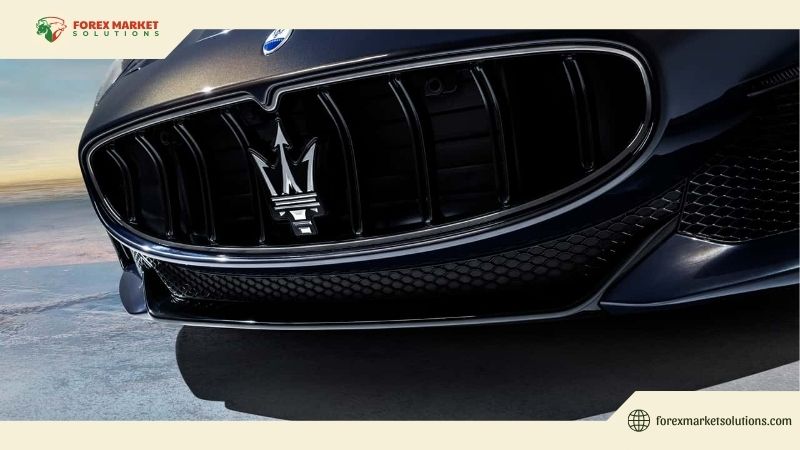
Who Owns Maserati Today? Stellantis Takes the Wheel
The most recent answer to who owns Maserati emerged in 2021 with the formation of Stellantis, a multinational automotive powerhouse born from the merger of Fiat Chrysler Automobiles (FCA) and PSA Group (Peugeot). Stellantis, headquartered in Amsterdam, became the parent company of 14 brands, including Maserati, Alfa Romeo, Jeep, and Chrysler. This merger, finalized on January 16, 2021, positioned Maserati within one of the world’s largest automakers, with a production cap of 75,000 vehicles annually to maintain its exclusivity.
Under Stellantis, Maserati has embraced electrification, aligning with 2025’s eco-conscious trends. By 2025, all Maserati models will offer electric variants, branded as “Folgore” (Italian for “lightning”), with a full transition to electric vehicles planned by 2030. Models like the GranTurismo Folgore and Grecale Folgore showcase this shift, blending luxury with cutting-edge technology. Stellantis’ resources have fueled Maserati’s innovation, from in-house engine production to expanded customization at its Modena facility. For those wondering who owns Maserati now, Stellantis represents a new era of global ambition rooted in Italian craftsmanship.
How Ownership Shapes Maserati’s Future
Ownership changes have historically influenced Maserati’s direction, and Stellantis’ stewardship is no exception. The conglomerate’s scale provides financial backing and technological expertise, enabling Maserati to compete in a crowded luxury market. Its focus on electrification positions Maserati to meet stricter emissions regulations and attract eco-minded buyers, while preserving the brand’s performance heritage. The MC20, a supercar launched in 2020, exemplifies this balance, boasting a Maserati-designed V6 and a forthcoming electric version.
Stellantis also enhances Maserati’s global reach. With manufacturing still centered in Italy—Modena for the GranTurismo, Grugliasco for the Quattroporte and Ghibli, and Turin for the Levante—the brand retains its “Made in Italy” prestige. Partnerships with fashion houses like Ermenegildo Zegna for interiors and Bowers & Wilkins for audio systems underscore its luxury ethos. As Stellantis eyes a potential Maserati IPO, hinted at in 2023, the question of who owns Maserati could evolve again, though its Italian identity remains steadfast.
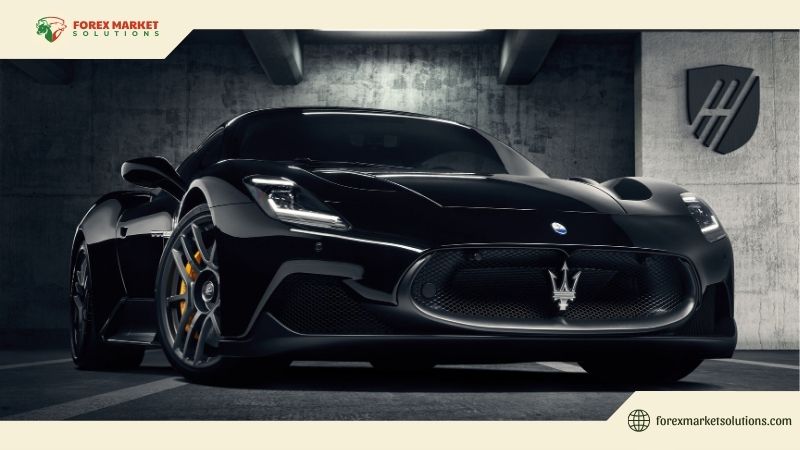
The Legacy Continues
Unraveling who owns Maserati reveals a tale of resilience, innovation, and adaptation. From the Maserati brothers’ workshop to Stellantis’ global empire, the brand has weathered ownership shifts while staying true to its roots. In 2025, as it accelerates toward an electric future, Maserati blends its storied past with modern ambition, crafting vehicles that thrill and inspire. Whether you’re captivated by its history or eyeing its latest models, knowing who owns Maserati offers insight into its enduring allure.
Stay ahead of the curve with more automotive and trading insights. Follow Forex Market Solutions for expert guides and updates to fuel your journey in 2025 and beyond.
